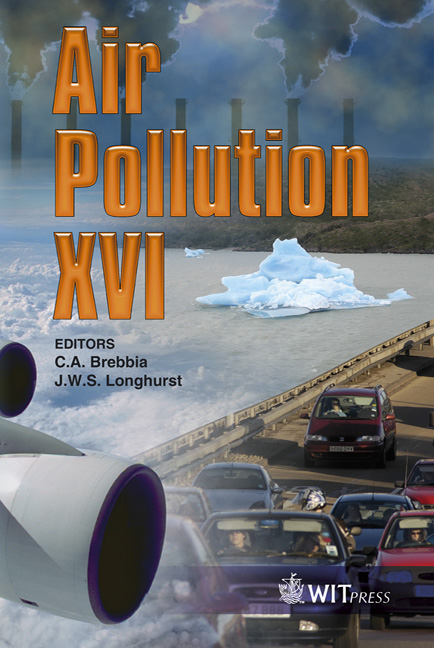Emissions Of Nitrogen Dioxide From Modern Diesel Vehicles
Price
Free (open access)
Transaction
Volume
116
Pages
8
Page Range
247 - 254
Published
2008
Size
811 kb
Paper DOI
10.2495/AIR080261
Copyright
WIT Press
Author(s)
G. A. Bishop & D. H. Stedman
Abstract
The traditional on-road emissions remote sensing technique has been enhanced with the ability to monitor not only CO, CO2, HC and NO, but also SO2, NH3 and NO2. Modern diesel powered vehicles, particularly in Japan and Europe are equipped with diesel particle filters (DPFs). These traps are frequently designed to be self regenerating by means of a prior catalytic oxidation of the exhaust NO to NO2. Because of this intentional conversion to NO2, the ratio of NO2 to NO in modern diesel vehicles is very different from older vehicles. The detailed results of measurements from several thousand vehicles measured in Japan, Austria and Sweden in 2006 and 2007 will be compared to results from the USA where there are very few vehicles equipped with DPFs. The overall picture is vehicles without DPFs in the USA emit between 5 and 10% NO2 while vehicles with DPFs are often observed at 50% NO2 by moles. This, together with the overall NOx reductions has strong negative implications for local photochemical ozone production. Keywords: nitrogen dioxide, automobile emissions, on-road remote sensing. 1 Introduction In his review of diesel exhaust emissions control strategies, Lemaire [1] suggests that nitrogen dioxide (NO2) was forgotten as a separate component of the NOx emissions from diesel vehicles. He further suggests that this omission has caused the observed increases in NO2 and ozone in a number of cities in Europe. For instance, he shows a very strong correlation between the imposition of diesel particle filters (DPFs) on London buses with the increase in the NO2/NOx ratio in London. Carslaw et al. [2] draw the same conclusion.
Keywords
nitrogen dioxide, automobile emissions, on-road remote sensing.





